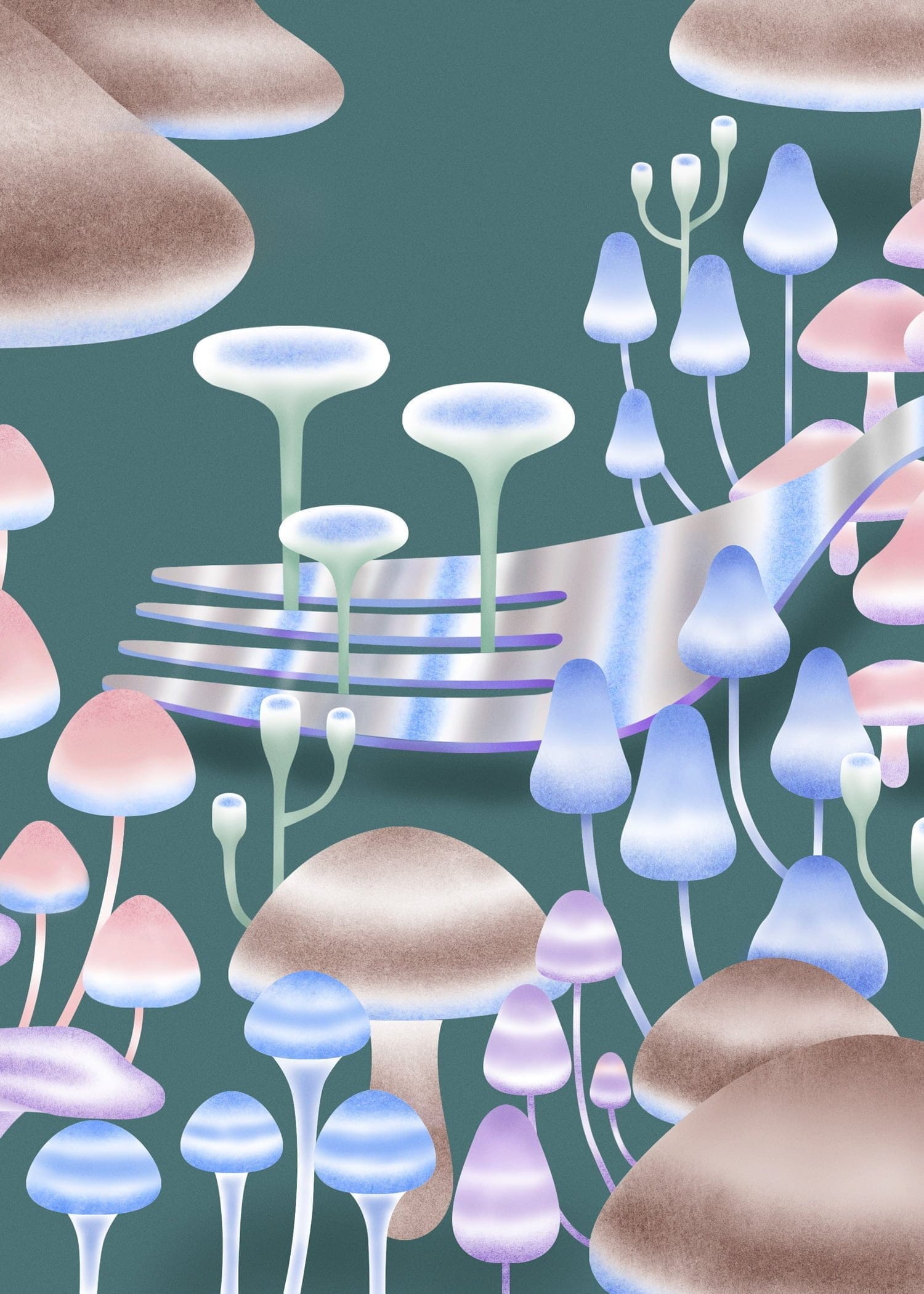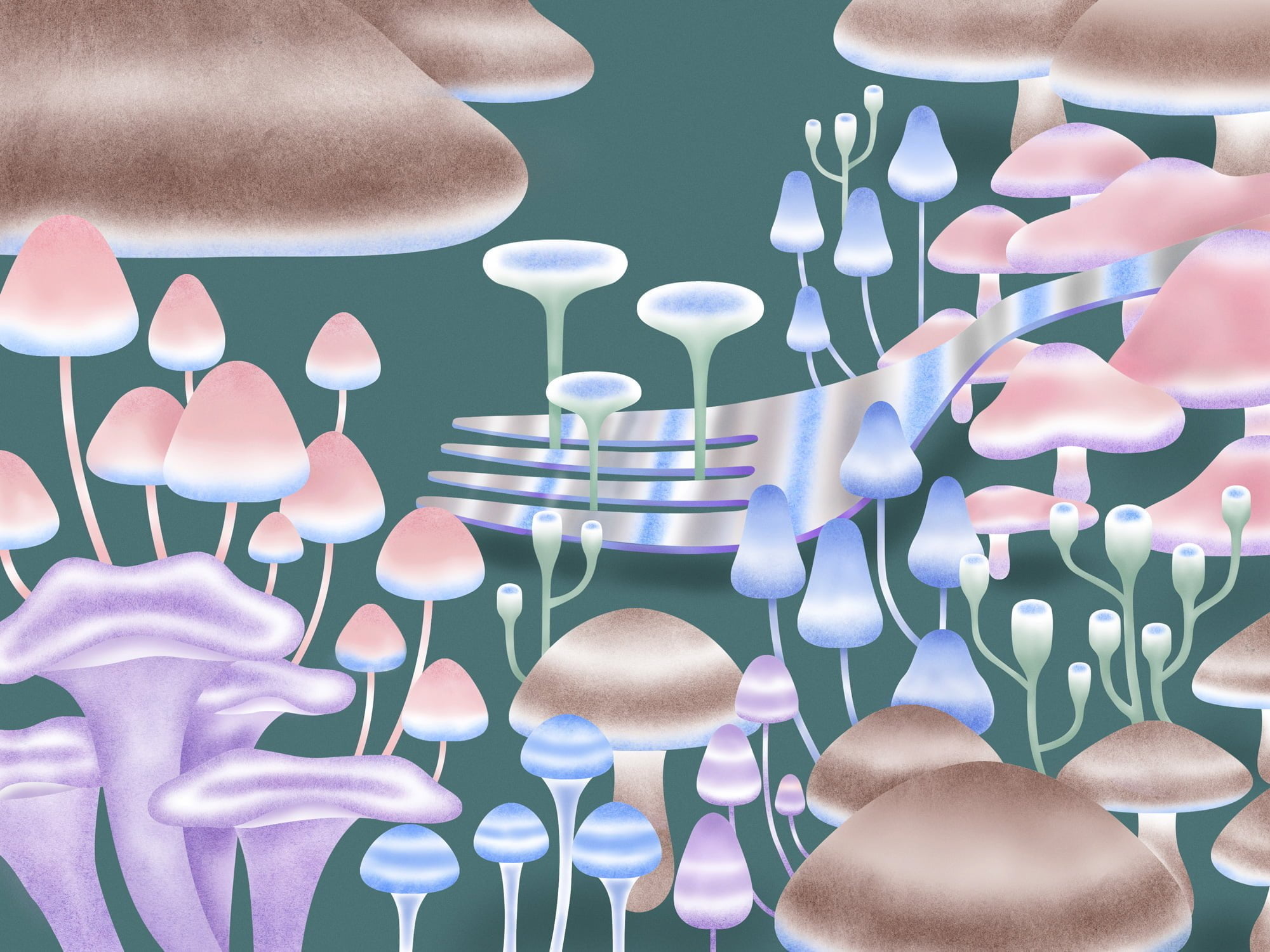Amid mounting concern over the climate, combined with rising populations, the global food industry as we know it is going to have to change. With that change, new menu items will emerge – more sustainable, and hopefully just as delicious. Here are 10 ways we’ll be doing food differently in the future.
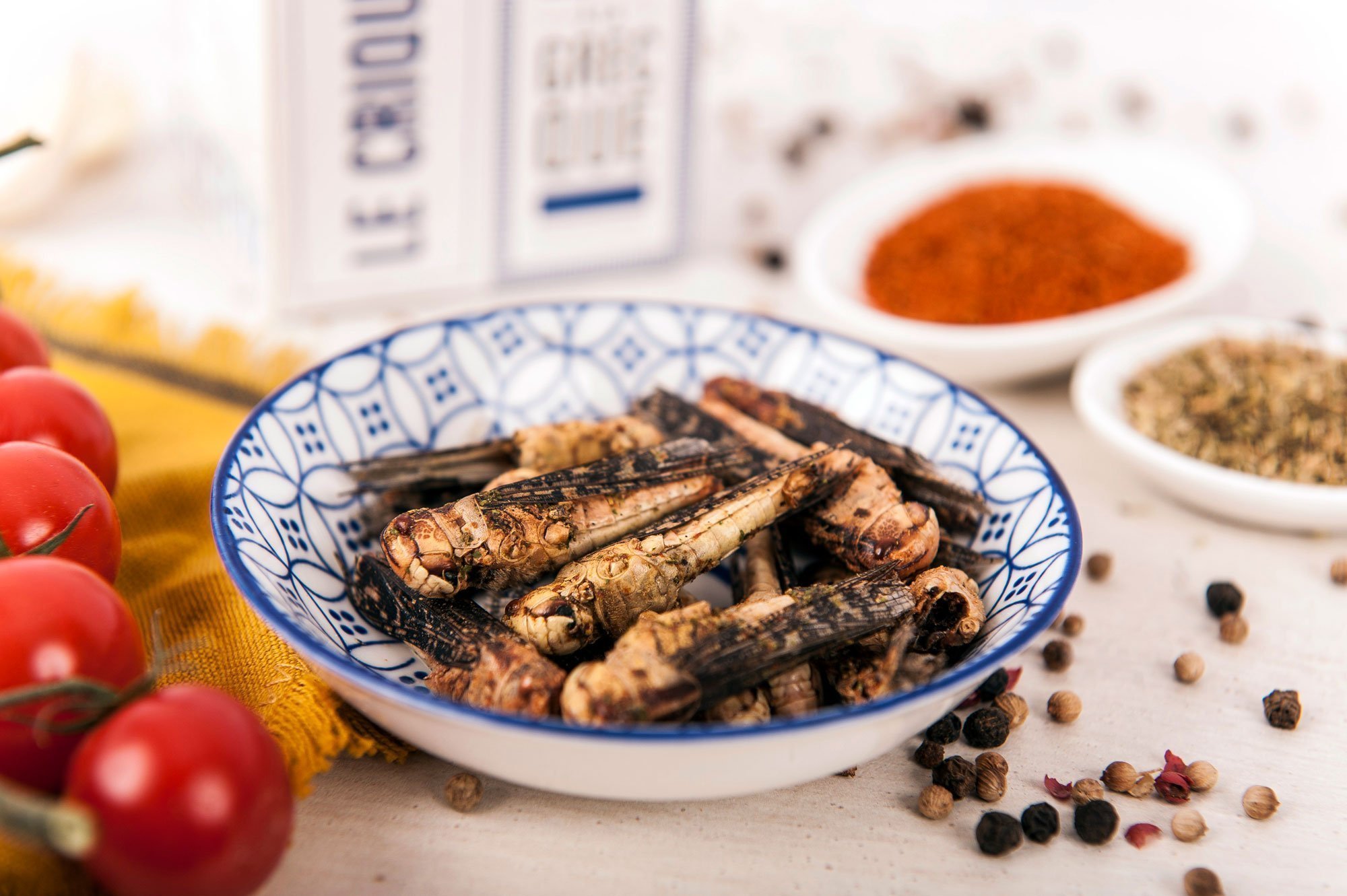
Photo courtesy of Jimini’s
1. Eating insects
Crispy grasshoppers, roasted cicadas, mealworm burgers… Eating insects is hardly a novel concept. Referred to as “seeds of joy” by the Aztecs, fly eggs were once the Yucatan peninsula’s caviar. Now, insects are coming back on the menu. Brands such as Jimini’s are bringing insect-based snacks to the mass market, including whole dried grasshoppers, and various products made from insect flour. Don’t be put off. Insects are a sustainable source of protein and nutrients that can replace more environmentally costly foods like meat. And by feeding insects on waste products that would otherwise end up in landfill, they can help reduce carbon emissions further.
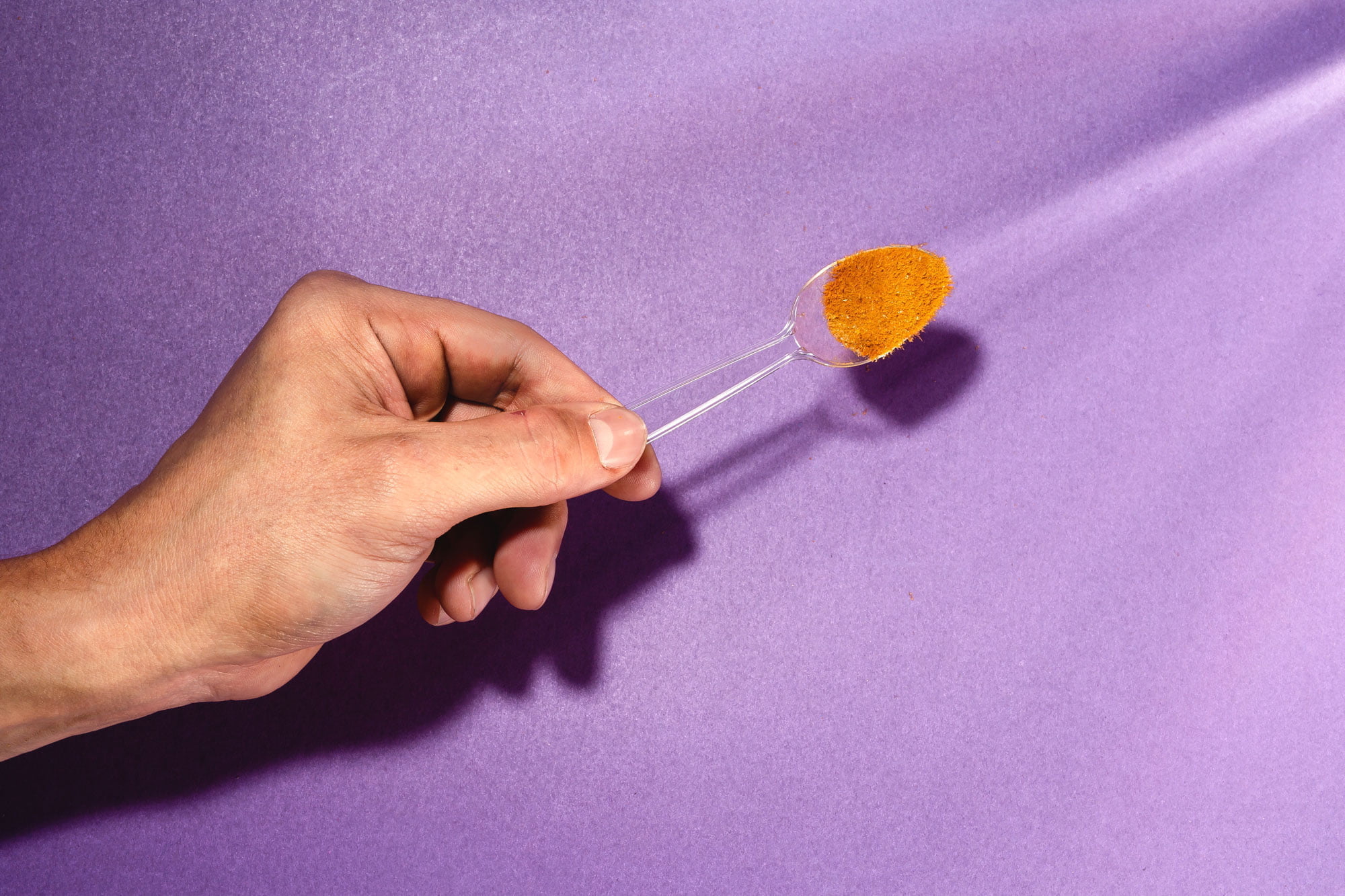
Photo courtesy of Solar Foods
2. Protein from thin air
If future food is going to be about taking pressure off the planet, what better way to do it than making food from thin air? That’s what a Finnish startup called Solar Foods claims to have done with its product, Solein. The process behind Solein is a type of fermentation, growing microorganisms in water extracted from the air, fed with CO2 and other nutrients. This produces a neutral-tasting single-cell protein, which can enhance products such as pasta, bread, and a range of ready meals.

Photo courtesy of Toast Ale
3. Food rescued from the bin
Upcycling is about using the entirety of a product, by taking what was once considered waste, and turning it into something new. One successful example is Toast Ale, brewed in London from leftover bread. Meanwhile in Spain, fruit and veg rejected by retailers is turned into sauces and jams. And in Denmark, used coffee grounds are processed into oil and flour. It might sound reminiscent of nose-to-tail dining meets guerilla dumpster diving, but upcycled food has grown to become a €40 billion industry. It helps reduce food waste by extending the shelf life of nutrients that often slip through the cracks of our food system.
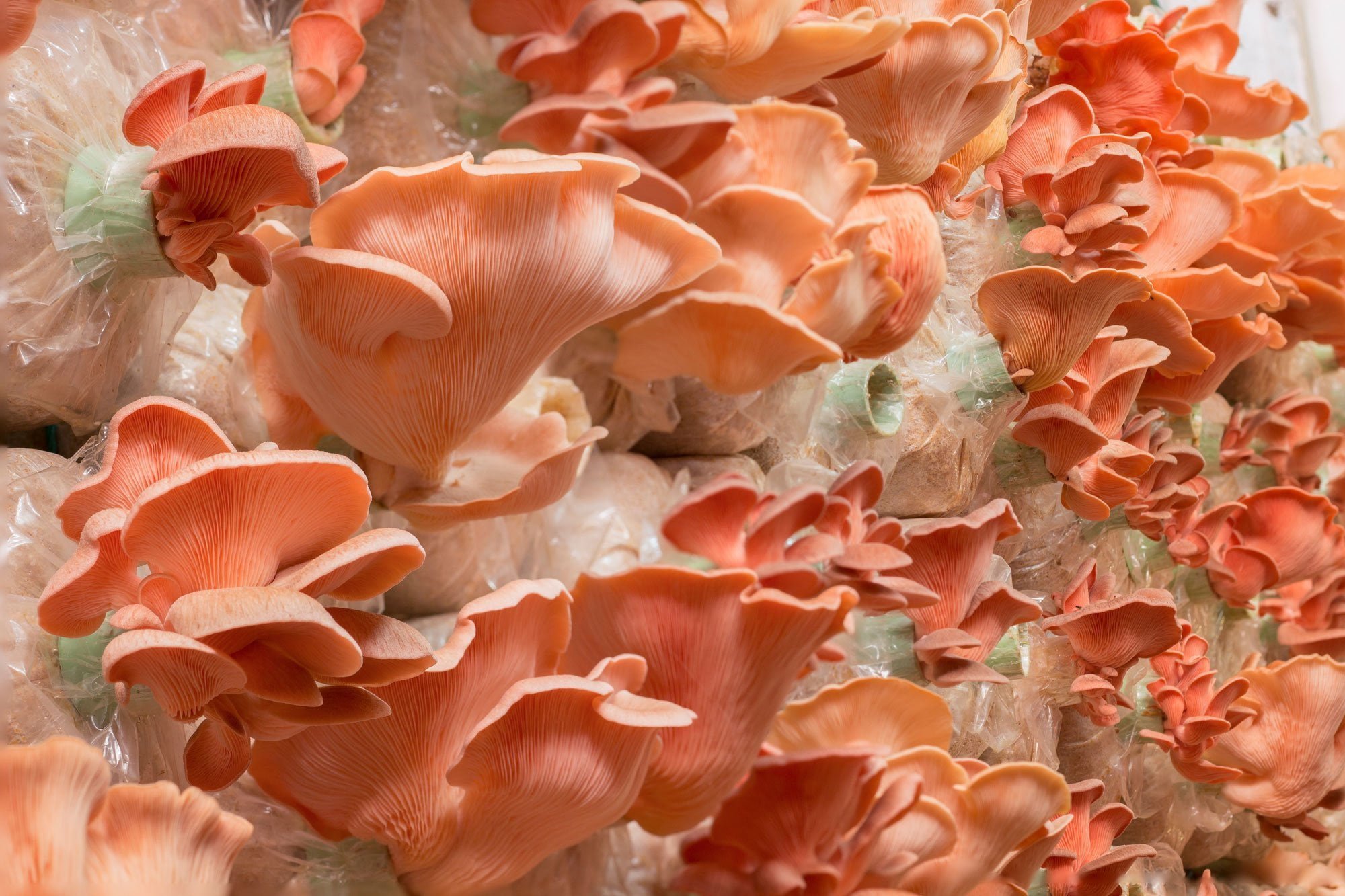
Pink oyster mushroom farm. Photo: socrates471/Shutterstock
4. Mushroom mania
Mushrooms are the ultimate recyclers. They can be grown year-round and don’t require much land, making the umami-rich fungi an unbeatable sustainable food choice. Now being hailed as a superfood, mushroom mania is bound to gain traction as these earthy edibles are so affordable, and possess a wide range of health benefits – from antioxidant, antibacterial and immune-stimulating properties – all snugly contained in that little mushroom cap.
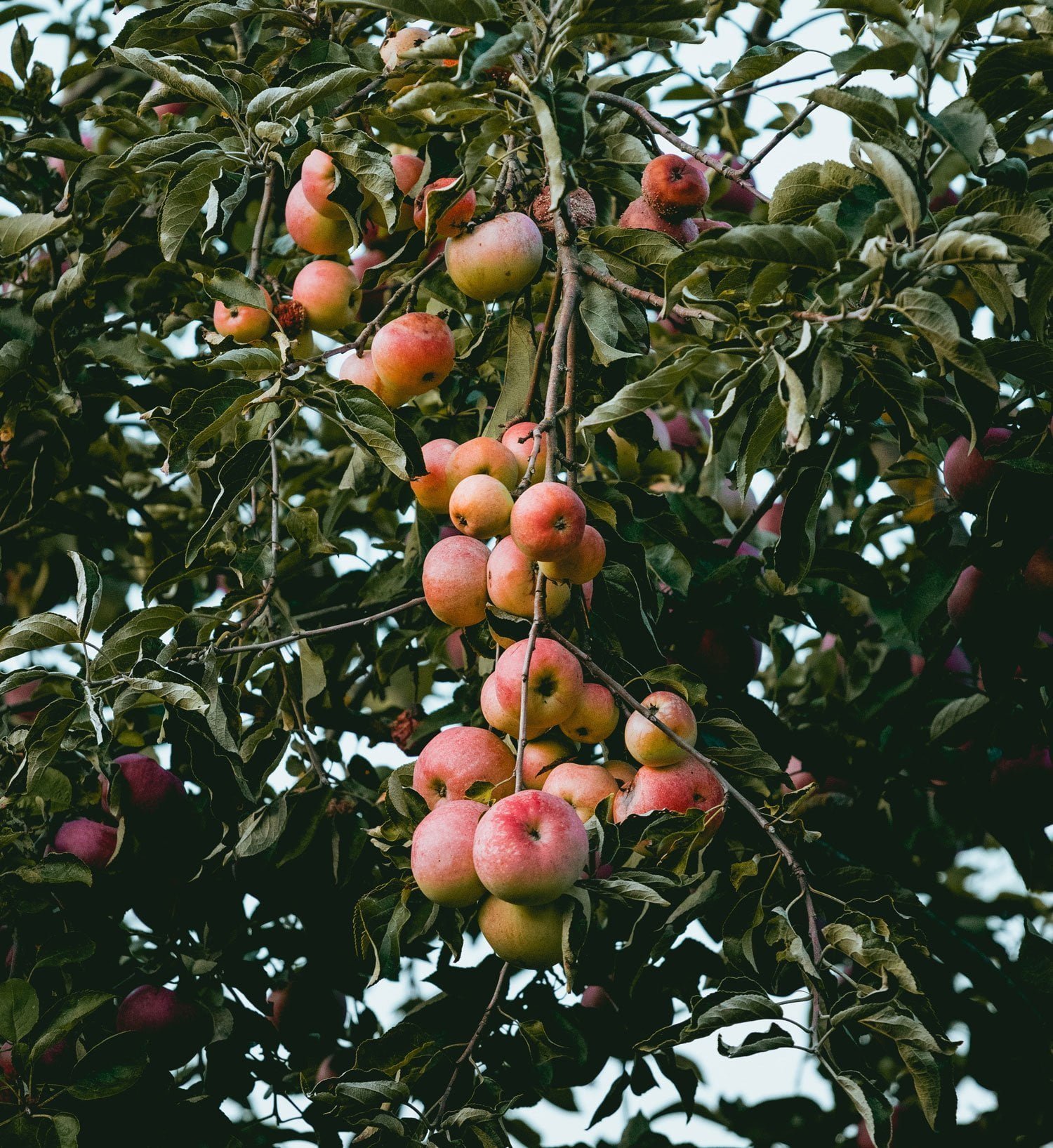
Photo: Niklas Hamann/Unsplash
5. Foraging in the forest
Food forests upend traditional notions of cultivating food. While conventional farming divided its crops by fields, food forests do the opposite, bringing all breeds of plants under one canopy. A more natural way of cultivating vegetables and fruits, food forests eschew the belief that each crop needs its own space. Tall and shorter trees, shrubs, low-growing plants and roots. It attempts to mimic the patterns and processes of ecosystems found in nature, so there’s less need for fertilisers, pesticides or irrigation.

Vegan tuna. Photo courtesy of Hooked
6. Fish that isn’t fish
Vegan meat alternatives are everywhere, and now there’s even vegan seafood. In the last decade, seafood consumption has increased rapidly. It’s estimated to increase by an additional 30% in the next decade – a worrying figure for an already fragile system whose many species are already endangered. That’s why Swedish startup Hooked has come up with a substitute: vegan tuna made from soya and algae. Like real tuna it’s replete with protein, but minus the mercury. So, come ride the wave of plant-based seafood, and help restore the oceans.
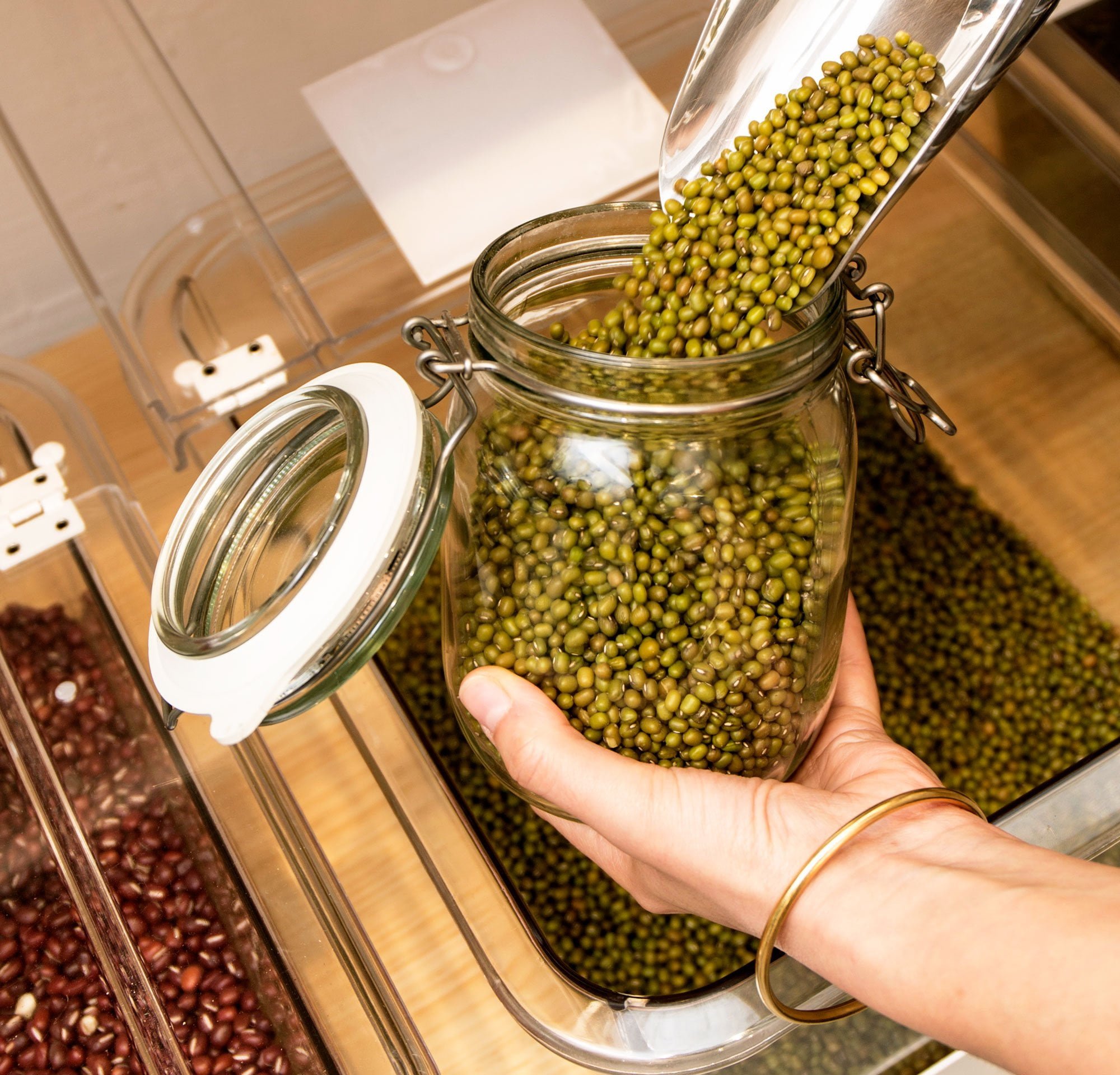
Photo courtesy of Yes Future
7. You provide the packaging
Looking for a way to use less packaging has propelled environmentally conscious shoppers to devise new means of buying and storing goods. Customers of British supermarket Waitrose can shop for packaging-free produce in four of its stores. More than 50 product lines are available including rice, cereal, frozen fruit and washing powder, bringing their own container and paying by weight. In Spain, the “positive supermarket” Yes Future goes even further, aiming for zero waste.
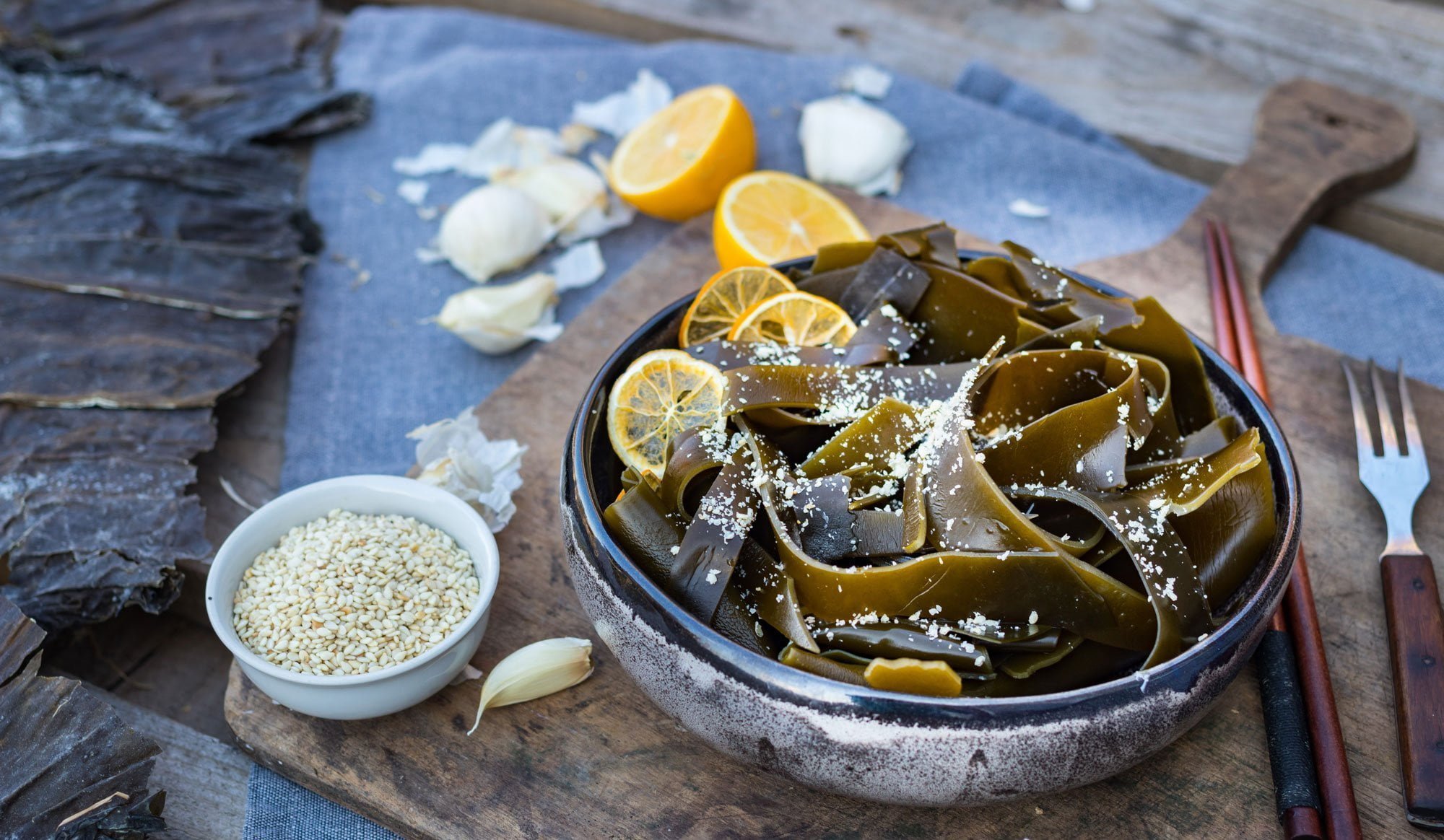
Photo: Viktor Kochetkov/Shutterstock
8. Seaweed: the superfood we’ve been ignoring
Chances are you’ve eaten seaweed before in salad or sushi. It has played a prominent role in Asian diets for thousands of years and is increasingly popular around the world. From dried sheets of seaweed, known as nori, used to secure delicate sushi pieces, to umami-rich dashi used as soup stock, the thousands of varieties of sea legumes offer endless range and versatility as a food product. As well as being packed with protein and highly nutritious, seaweed doesn’t take up land, doesn’t need to be watered or fertilised, absorbs carbon dioxide and releases oxygen. What’s not to like?
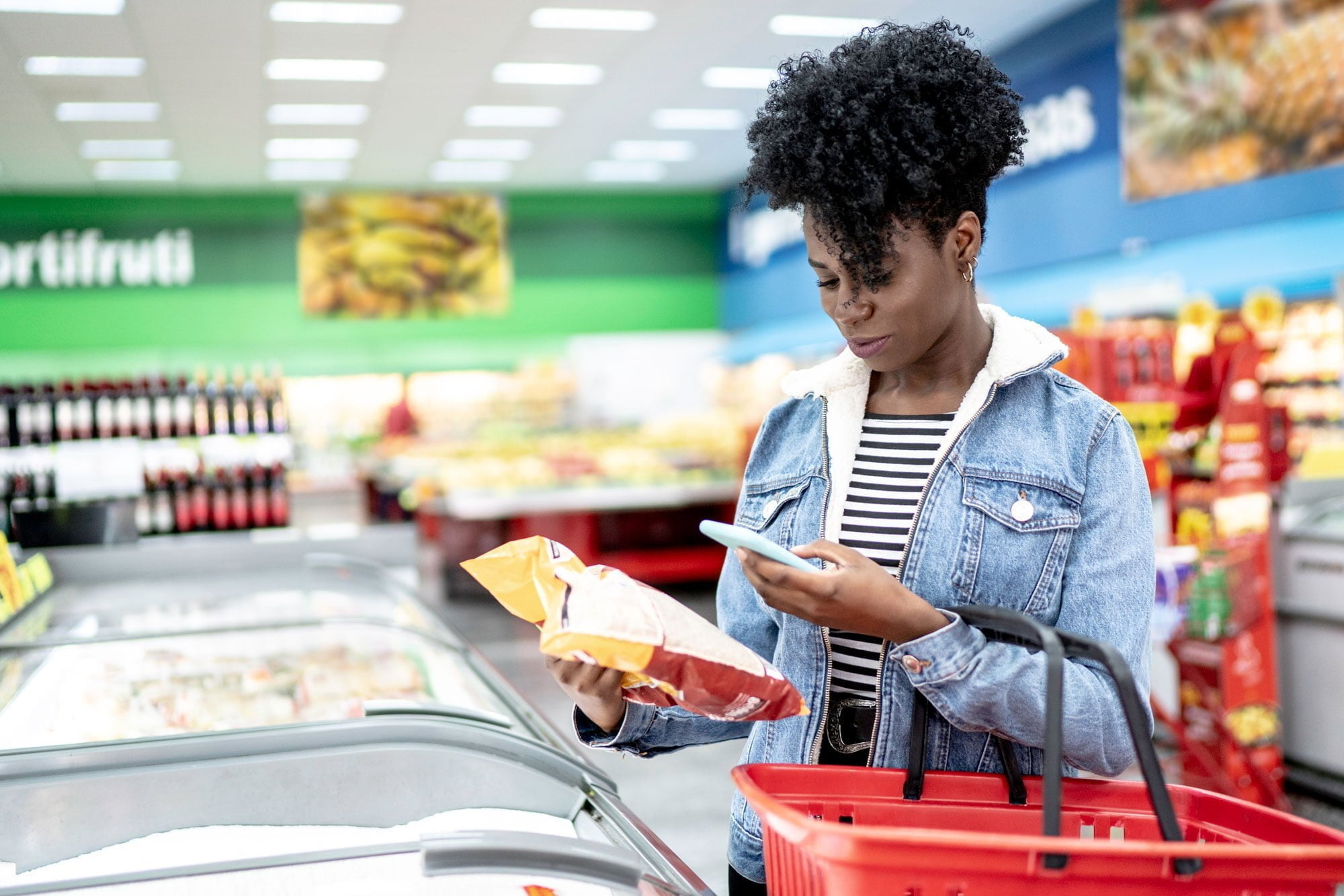
Photo: FG Trade/Getty Images
9. Food that tells you when it’s going out of date
Today, a third of the food we grow ends up in the bin. And the dates printed on food – which usually present a highly conservative estimate of how long an item will last – seem only to add to the confusion. What if we could receive reminders when our groceries needed to be used up? In theory, we can. The industry body behind product barcodes says it’s perfectly possible to print unique codes on to each individual package, including the best-before date and expiry date. All that’s needed is for retailers to start doing it. Shoppers buying online or using a loyalty app would then be able to get automatic notifications of when produce is about to go past its best, complete with tips on how to use it up, or make it last longer.
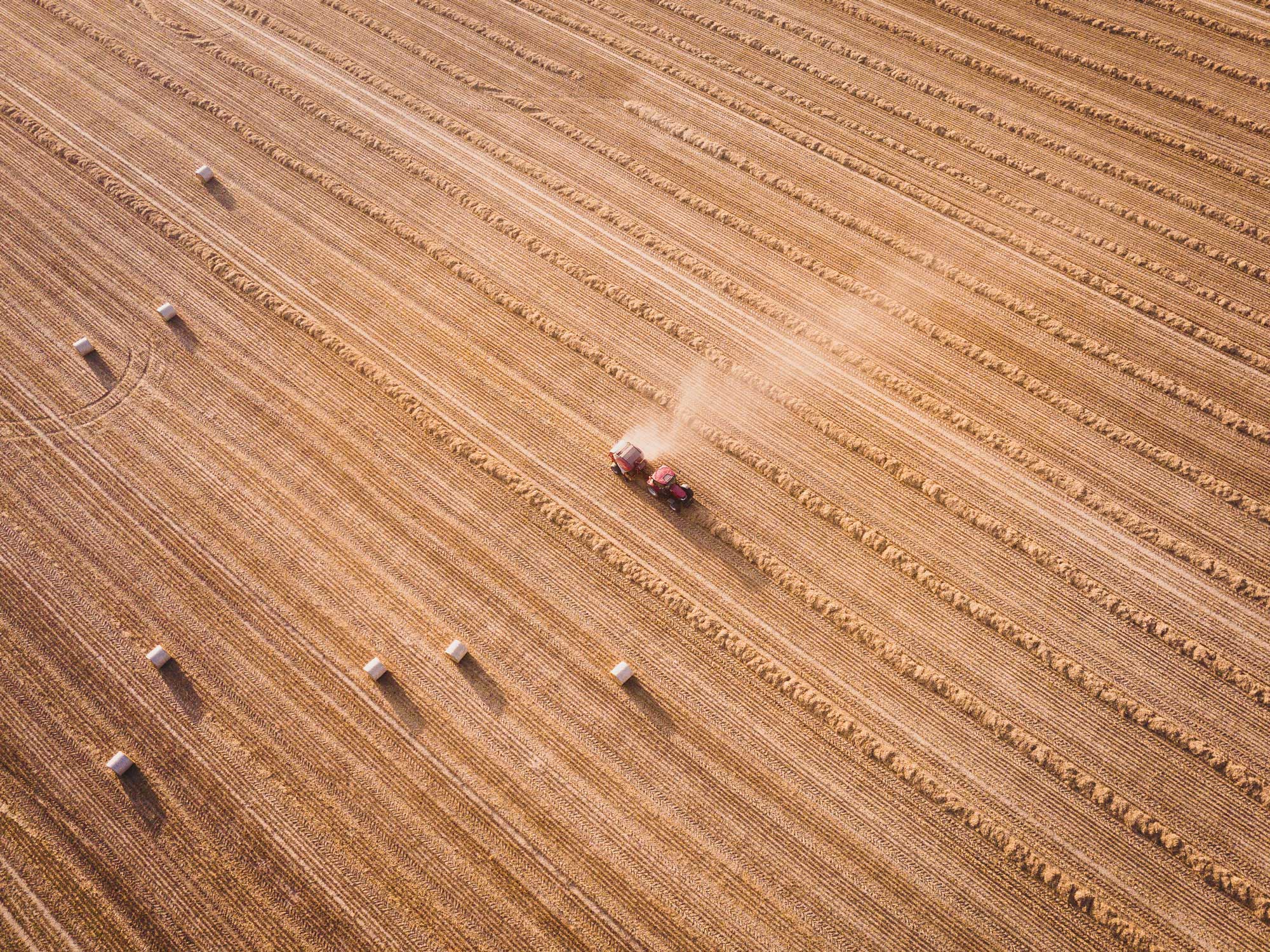
Photo: Ivan Bandura/Unsplash
10. Counting the carbon cost
One way to deal with the massive impact of our food system on the planet would be to set prices of produce based on their environmental toll, steering people towards more sustainable choices, while raising funds to help protect the climate. A study published last year by researchers in Germany sought to put a number on the environmental and social impact of different foods, suggesting surcharges of up to 146% on meat products and 71% for dairy. As policy ideas go, it’s not an obvious vote-winner. But if one thing is certain about the future of food, it’s that one way or another, we must eventually reckon with its true environmental cost.
Article
The startup that’s changing how the world sees coffee
Brewing a cup of coffee uses up less than one per cent of the beans. What if we could use the rest to create healthy products, reduce carbon emissions and support farmers in the global south? These three young entrepreneurs are doing just that.
